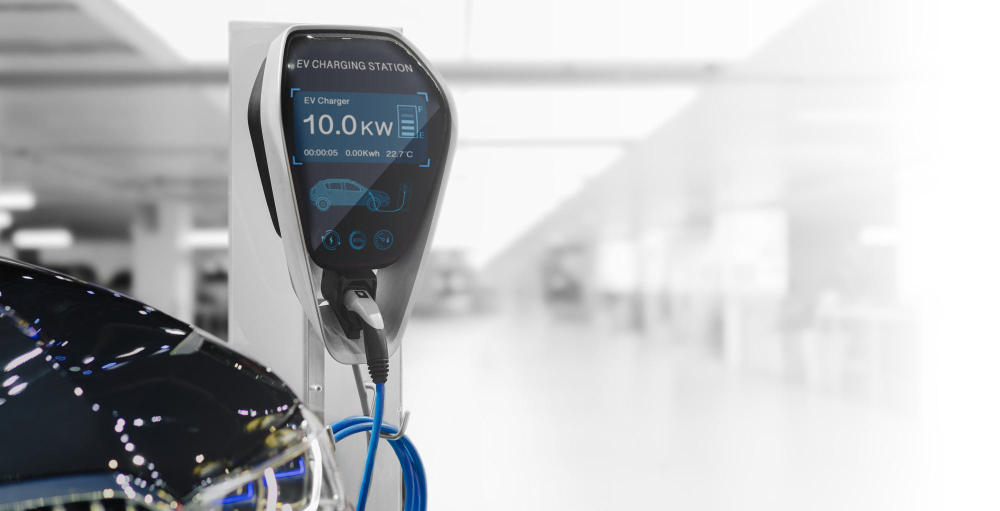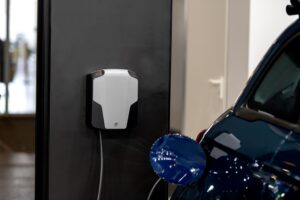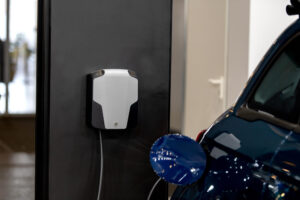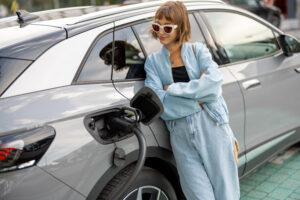Charging speed is a critical factor that drivers prioritize when it comes to battery electric vehicles (EVs). Efficient and rapid charging plays a vital role in ensuring a smooth driving experience.
With technological advancements, various charging options have emerged, providing electric car owners with different charging speeds and capabilities.
This article will explore the three primary categories of charging speeds: slow, fast, and ultra-fast charging. We aim to help you comprehend the distinctions between these charging speeds and enable you to make decisions regarding your electric vehicle.
So, let’s delve straight into this topic!
Slow Charging
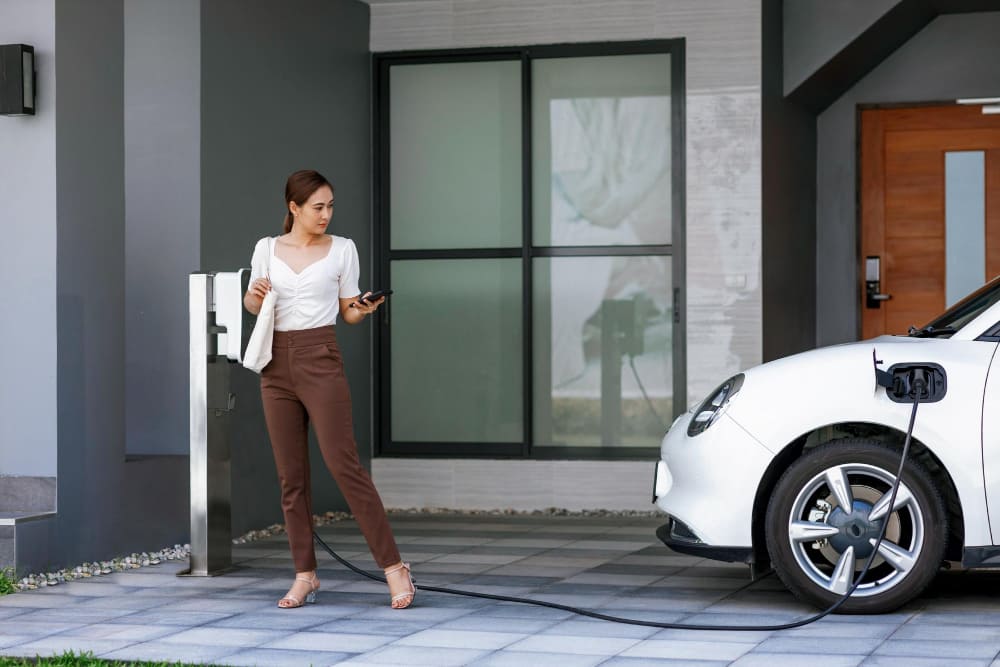
EV chargers come in various forms, and slow charging stands out as the fundamental and widely accessible option for electric car owners. This method involves connecting your vehicle to a standard household power outlet, often referred to as a Level 1 charger.
Slow charging provides a power delivery rate of approximately 2.3 to 2.5 kilowatts (kW) per hour to replenish your vehicle’s battery.
While this charging speed is ideal for overnight or extended charging sessions, it may not be the best choice for drivers seeking frequent and rapid top-ups.
If you’re wondering how long does it take to charge your electric cars using slow charging, it’s important to consider the lower charging rate associated with this home charging solution.
Fast Charging

Fast charging, also known as Level 2 charging, involves specialized equipment and dedicated charging stations, with rapid chargers operating at power levels spanning from 7 to 22 kW.
Consequently, electric vehicles (EVs) can charge at a substantially accelerated pace.
The primary advantage of fast charging lies in its ability to recharge an EV’s battery within a few hours rather than requiring an overnight charging session.
This characteristic makes it especially advantageous for EV owners seeking a quick charge during the day or those with a moderate driving range who cannot afford to wait for slow charging to finalize.
Nonetheless, it’s worth noting that fast charging still demands a considerably longer charging duration than refueling a conventional gasoline vehicle.
Ultra-fast Charging
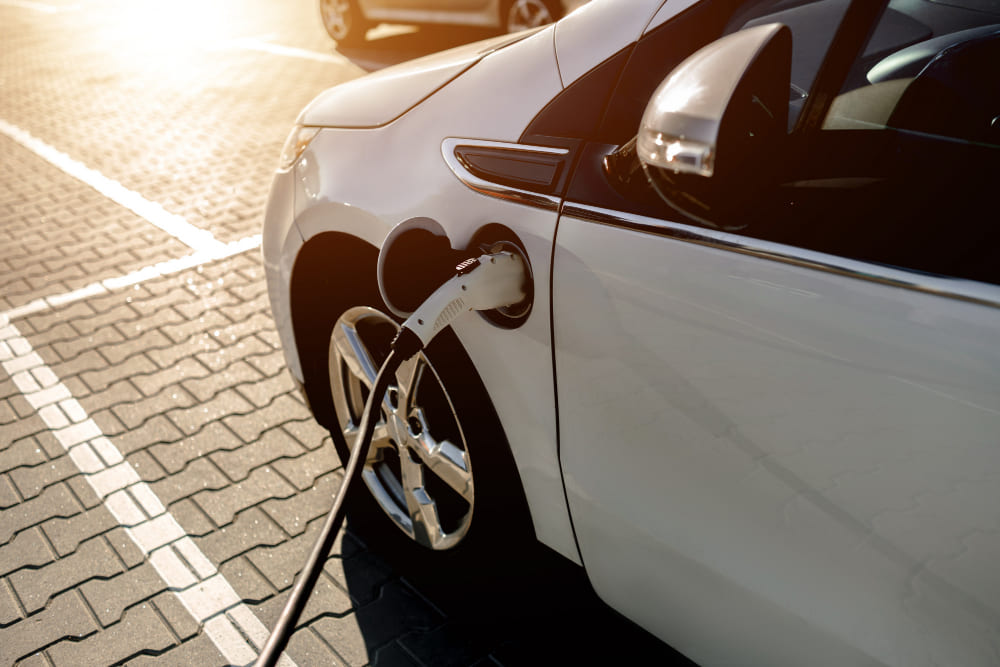
As technology advances, the charging infrastructure keeps pace with the progress. Ultra-fast charging also referred to as Level 3 or DC fast charging, represents the epitome of EV charging speeds.
These charging stations are commonly located along major highways and in densely populated areas, offering a convenient solution for EV drivers who are on long-distance journeys and require quick recharge sessions.
Ultra-fast charging stations employ direct current (DC) power and can deliver charging speeds of 400km for 15 minutes.
With this high power output, EVs can charge their batteries to 80% capacity in as little as 20-30 minutes, contingent upon the vehicle model and its charging capabilities.
This extraordinary speed has revolutionized the EV industry, specifically in the battery management system aspect, making extensive road trips and intercity travel more viable than ever before.
Frequently Asked Questions
Which is a better slow charge or fast charge?
When it comes to charging options for battery electric vehicles (EVs), the decision between slow charging and fast charging is contingent upon your specific needs and circumstances.
Slow charging is convenient for overnight or extended sessions, while fast charging provides quicker top-ups, ideal for those who need faster charging or have a moderate driving range.
What is the downside of fast charging?
Fast charging has advantages but also drawbacks. One main concern is the strain it may impose on the EV’s battery, leading to increased degradation over time.
The rapid electricity flow generates heat, which, without proper cooling, can harm the battery’s lifespan. Nevertheless, modern EVs incorporate advanced battery management systems to minimize these risks.
When should you charge the battery when fast charging?
For fast charging, it’s advisable to charge your EV’s battery at approximately 20-30% capacity.
Charging at lower levels enables faster charging speeds, as the power tapers off as the battery nears full capacity. Optimal charging levels minimize charging time and maximize efficiency.
Conclusion
Understanding the various charging speeds available for electric vehicles is essential for informed decision-making as an EV owner.
As the EV industry progresses, charging infrastructure will expand, offering faster and more accessible options. Staying updated with advancements is crucial to select the optimal charging speed based on driving habits and lifestyle.
Remember to consider factors beyond charging speed, such as network availability, connector types, and vehicle compatibility. With the right charging strategy, you can enjoy the convenience of electric driving while minimizing charging-related concerns!
